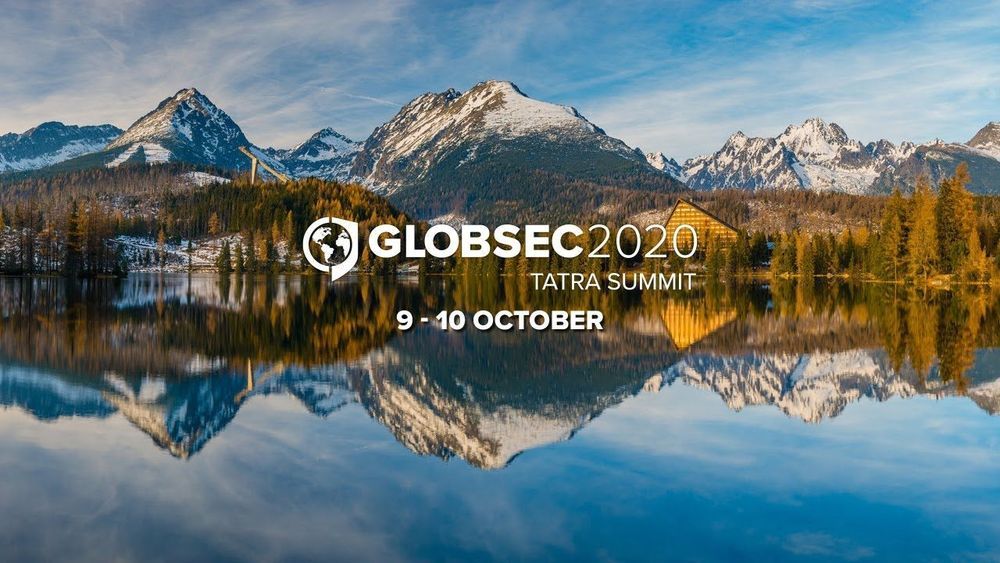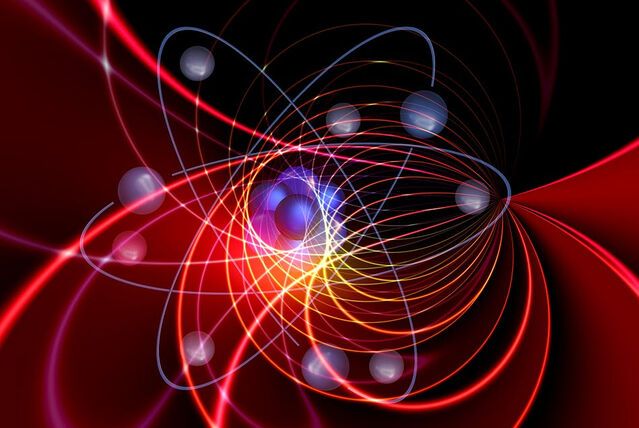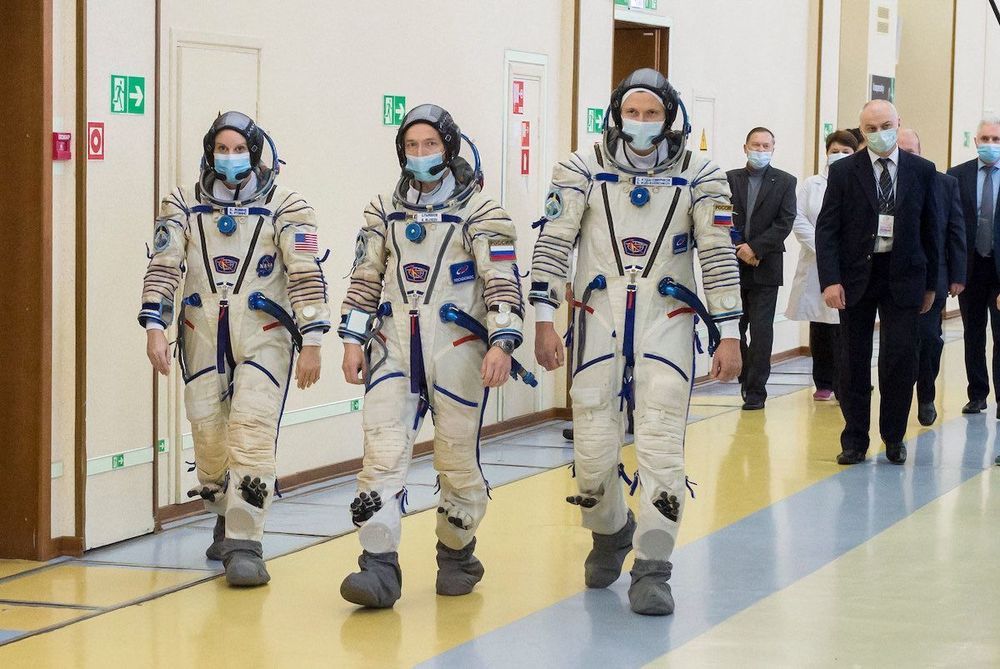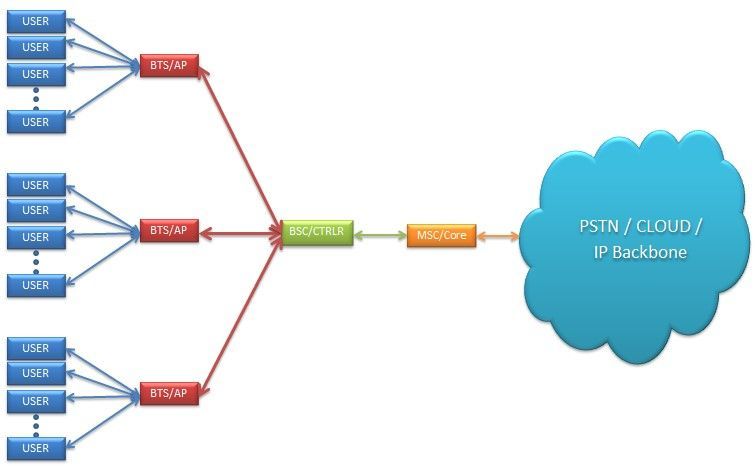Oct 13, 2020
AI Is Throwing Battery Development Into Overdrive
Posted by Derick Lee in categories: chemistry, robotics/AI
Over the past decade or so, the performance of batteries has skyrocketed and their cost has plummeted. Given that many experts see the electrification of everything as key to decarbonizing our energy systems, this is good news. But for researchers like Chueh, the pace of battery innovation isn’t happening fast enough. The reason is simple: batteries are extremely complex. To build a better battery means ruthlessly optimizing at every step in the production process. It’s all about using less expensive raw materials, better chemistry, more efficient manufacturing techniques. But there are a lot of parameters that can be optimized. And often an improvement in one area—say, energy density—will come at a cost of making gains in another area, like charge rate.
Improving batteries has always been hampered by slow experimentation and discovery processes. Machine learning is speeding it up by orders of magnitude.


















